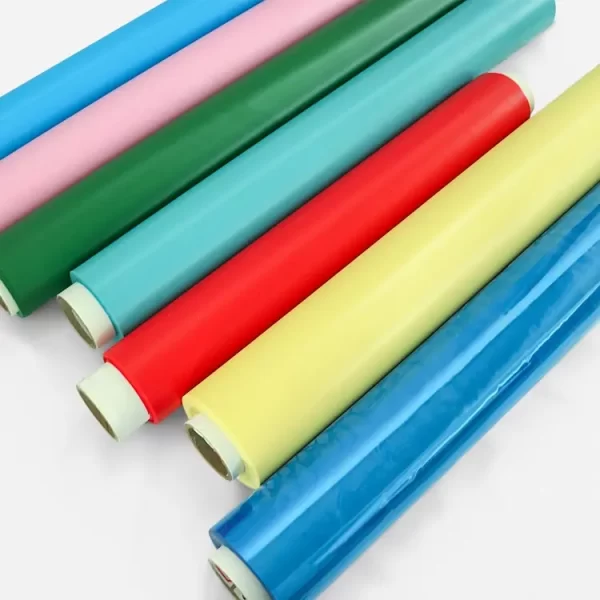In the world of plastics, there exists a wide array of production techniques that give birth to diverse products catering to various applications. Two such popular methods are Blown Film and Extruded Film production. Although they may sound similar and are often used interchangeably in casual conversation, the differences between them are significant. This article aims to decode these differences, deep-dive into the unique characteristics of each, and understand the nuances that dictate their varied applications.
Introduction to Film Production: Blown vs. Extruded
To set the context right, let’s briefly introduce the two techniques. Blown film, also known as tubular film, is a process where molten plastic is extruded through an annular die, forming a tube. This tube is then inflated, cooled, and subsequently flattened to produce a thin, flexible film.
Extruded film, commonly referred to as cast film, is created when molten plastic is pushed through a flat die, forming a thin, flat sheet. This sheet is then cooled on a chill roll, resulting in the film.
These descriptions illuminate the first fundamental difference: the form of the die (annular for blown film, flat for cast film) and the cooling process (air cooling for blown film, chill roll cooling for cast film).
Mechanical Properties: Strength and Clarity
The variations in production processes result in films with different mechanical properties.
Blown films usually have a better balance of strength properties in both machine and cross directions due to the biaxial orientation during the bubble expansion. The inflation process stretches the film in both directions, enhancing its tensile strength, impact resistance, and puncture resistance. This makes blown films an excellent choice for applications requiring superior mechanical strength, such as heavy-duty bags, shrink film, and stretch film.
On the other hand, cast films often have higher clarity and gloss, thanks to the polished chill rolls that cool the film. The faster cooling of the cast film process limits the size of the crystallites, leading to a more transparent film. Additionally, cast films usually have smoother surfaces and better printability. These attributes make cast films preferred for applications requiring high visual appeal and printability, such as food packaging, decorative films, and labeling.
Thickness and Gauge Uniformity
Blown films generally have a wider gauge variation compared to cast films. The bubble stability in the blown film process can be influenced by a number of factors, such as air currents in the extrusion shop or inconsistencies in the polymer melt, resulting in thickness variations.
In contrast, the cast film process has superior gauge control due to the use of a chill roll and the absence of an inflation step. The better gauge uniformity makes cast films suitable for applications that require consistent thickness, such as medical packaging or precision layering in multi-layer constructions.
Production Speed and Efficiency
In terms of production efficiency and speed, cast film extrusion generally outperforms blown film extrusion. The cast film process can run at higher line speeds due to the efficient cooling provided by the chill roll. This makes cast film extrusion a more cost-effective process for high-volume applications.
However, the blown film process has the advantage when it comes to multi-layer films. The architecture of blown film lines allows the easy integration of multiple extruders feeding into a single die, making the production of multi-layer films simpler and more cost-effective.
Process Flexibility and Versatility
While both processes can handle a wide range of polymers, the blown film process offers a bit more flexibility. It is adept at processing a broader spectrum of materials, including high-melt strength materials and materials with high viscosities. The blown film process is also more amenable to producing films with complex structures, such as multi-layer films with a high number of layers.
Conclusion
In essence, the choice between blown film and cast film depends on the specific requirements of the end product. If the application demands superior mechanical strength and flexibility in materials and structures, blown film is the way to go. Conversely, if high clarity, better printability, consistent thickness, and high production speed are top priorities, cast film might be the preferred choice.
Understanding the differences between these two processes allows manufacturers, converters, and end-users to make informed decisions, optimizing their product performance, process efficiency, and ultimately, business success. As we continue to push the boundaries of polymer science and processing technology, the possibilities for both blown and cast film will undoubtedly continue to expand.
Please visit our website for more product details https://medposnonwoven.com/product/blown-film/

